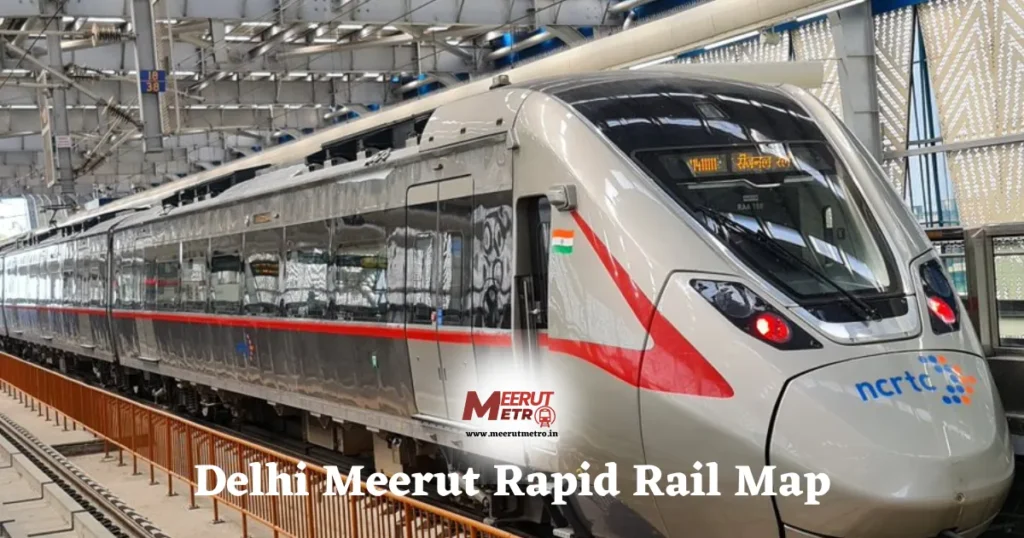Q: When is the Meerut RRTS expected to be fully operational? A: The entire 82.15 km Delhi-Meerut RRTS corridor, connecting Sarai Kale Khan in Delhi to Modipuram in Meerut, is expected to be fully operational by June 2025.
Q: How will the RRTS benefit Meerut? A: The RRTS will bring several key benefits to Meerut:
- Significantly reduced travel time to Delhi (under 60 minutes).
- Improved connectivity with Delhi and other NCR cities.
- Boost to economic growth by enhancing access to jobs, education, and healthcare.
- Creation of job opportunities during construction and operation.
- Promotion of sustainable mobility by reducing traffic congestion and pollution.
- Enhanced commuter experience with modern, comfortable trains.
- Seamless integration with other transport modes like the Meerut Metro.
- Balanced regional development by fostering growth in Meerut.
Q: How is the Meerut Metro integrated with the RRTS? A: The Meerut Metro will operate on the same RRTS infrastructure within Meerut city. There will be eight dedicated metro-only stations and four common stations where passengers can seamlessly interchange between the RRTS and the Meerut Metro. This unique integration will provide both local and regional connectivity using the same rail network.
Q: Is there a plan to extend the RRTS beyond Meerut? A: Yes, there is a proposed future extension of the RRTS line from Meerut to Haridwar via Muzaffarnagar. This extension, if implemented, would significantly reduce travel time between Delhi and Haridwar. Feasibility surveys and detailed project reports are being considered for this.
Q: What is Transit-Oriented Development (TOD) in relation to the Meerut RRTS? A: The Delhi-Meerut RRTS project incorporates Transit-Oriented Development (TOD) principles. This involves developing high-density, mixed-use areas (residential, commercial, recreational) within walking distance of RRTS stations. A significant example is the 750-acre Delhi-Meerut RRTS Township being developed in Partapur, Meerut. TOD aims to create vibrant, sustainable communities, reduce reliance on private vehicles, and boost economic activity around transit hubs. Sources and related content
